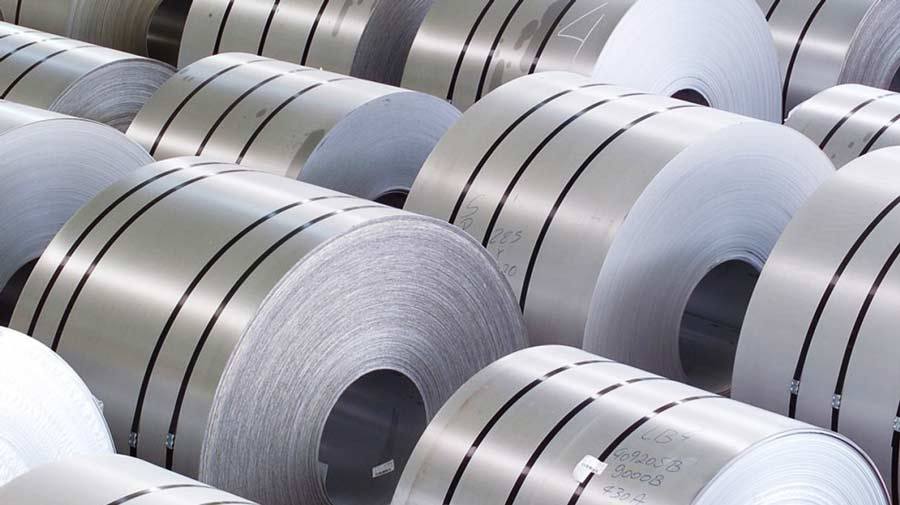
Trump’s Tariffs May Cut Brazilian Steel Exports by Up to $700 Million
Feb, 13, 2025 Posted by Denise VileraWeek 202506
According to estimates from Bradesco’s Research and Economic Studies Department, the 25% tariff imposed by U.S. President Donald Trump on steel imports could decrease Bradesco’s Brazilian steel exports by up to $0.7 billion. At current prices, this represents a potential decrease of 1 million tons.
The bank used a price elasticity calculation to assess the impact.
In 2024, Brazil exported $4.1 billion (5.8 million tons) of steel to the U.S., accounting for 60% of all Brazilian steel shipments.
The chart below shows the top destinations for Brazil’s steel product exports in 2024, according to Datamar data.
Steel Products Destinations | 2024 | TEUs
Source: DataLiner (click here to request a demo)
The 25% tariff on U.S. steel imports was enacted through an executive order on the 10th and will take effect on March 12, when current quotas and exemptions on U.S. steel imports will expire. Diplomatic negotiations on the issue are expected.
Bradesco notes that the impact of the 25% tariff could be mitigated due to the nature of the steel products exported to the U.S. Most of Brazil’s steel exports, according to a report by Rafael Murrer, consist of semi-finished steel products, which serve as inputs for the U.S. industry and tend to have lower price elasticity than usual. Around 20% of apparent U.S. consumption depends on imported steel, and Brazil is the second-largest supplier.
Aluminum was also subject to a 25% tariff under Trump’s policy. However, Brazilian aluminum exports total less than $200 million, meaning the tariffs have little impact on the country’s trade balance, though the sector may still experience some negative effects, the bank stated.
Bradesco concludes that the estimated economic impacts of the announced measures on steel and aluminum are relatively small, though they may be more significant for specific industries.
The report also notes that Trump signaled an intention to tax trade partners at the same level at which the U.S. is taxed. If this were to happen, the average tariff imposed by the U.S. would rise from the current 2.2% to 11.3%, assuming all trade barriers were adjusted to match Brazil’s import tariffs.
In this scenario, Brazilian exports could decline by approximately $2 billion.
In a hypothetical exercise, the depreciation of the Brazilian real required to offset this loss would be around 1.5%, with an estimated potential impact slightly below 0.1 percentage points on the IPCA (Brazil’s consumer price index) as a direct response to currency devaluation.
Source: Valor Econômico
-
Meat
Sep, 15, 2023
0
China continues as top destination for Brazilian beef, but prices decline
-
Ports and Terminals
Sep, 20, 2023
0
Cofco International’s new rail yard in Santos to redistribute existing lines
-
Grains
Jul, 24, 2024
0
Rice exported through Rio Grande Port reach markets in Europe and South America
-
Shipping
Feb, 12, 2020
0
ANTAQ study looks for ways to facilitate cabotage

